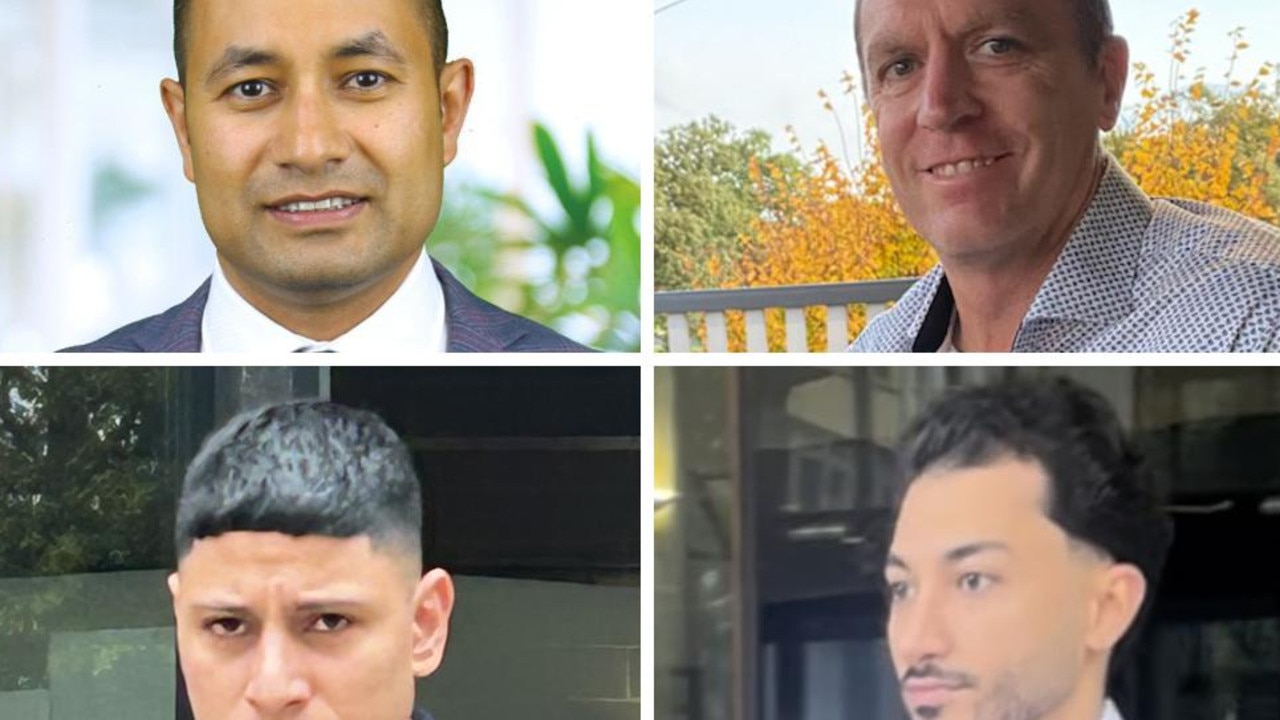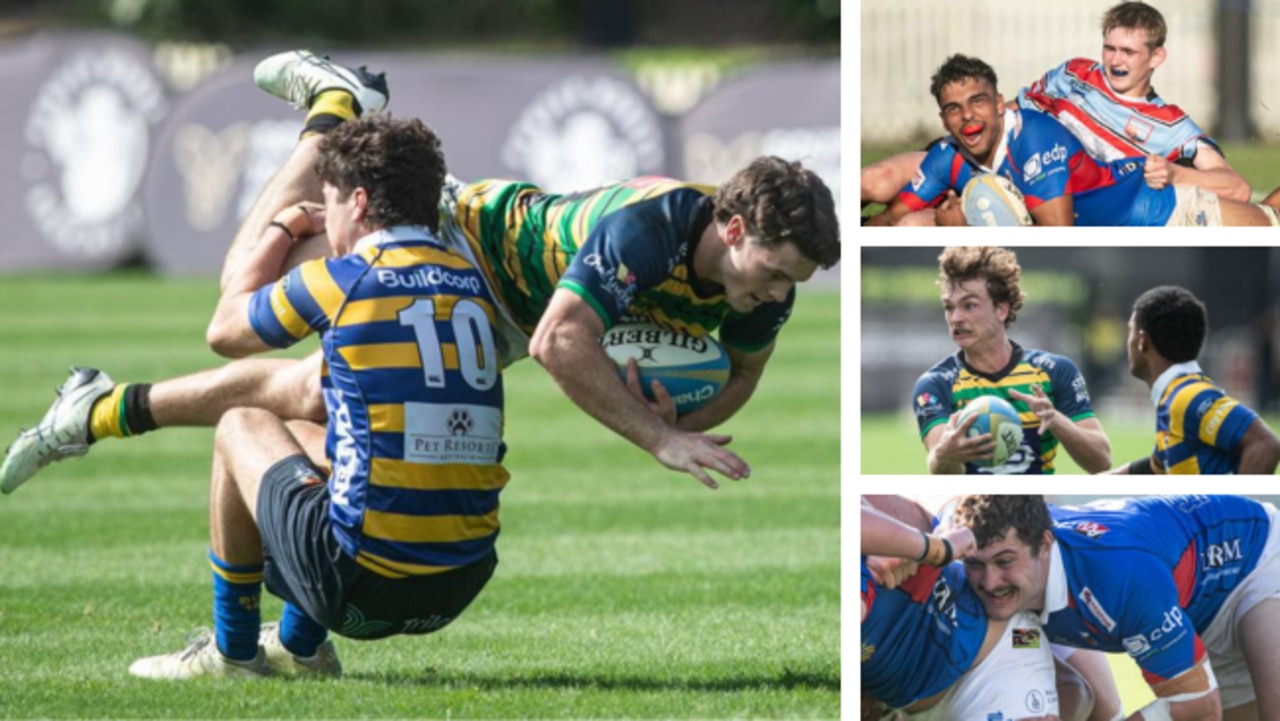Calls for Parramatta Council to restrict synthetic grass
A battle about grass is breaking out over a western Sydney council’s plans to roll out more synthetic turf across fields, in a move critics deemed flammable and expensive.

Parramatta
Don't miss out on the headlines from Parramatta . Followed categories will be added to My News.
Critics of synthetic grass are calling on Parramatta Council to replace the plastic turf with real grass across its playing fields in an effort to help the environment and save ratepayers millions of dollars.
Parramatta Greens councillor Phil Bradley has opposed the synthetic material to be rolled out at Old Saleyards Reserve in North Parramatta, Newington Reserve and FS Garside Park in Granville.
Cr Bradley said fake grass was much hotter, could be flammable, was bad for the environment and could cost millions.
“Synthetic turf parks are made from non-recyclable plastic and shed microplastics,” he said.
“We can’t let them be rolled out across Parramatta.”
He said Western Sydney University research showed artificial grass could reach up to 50 degrees higher than real surfaces on hot summer days.
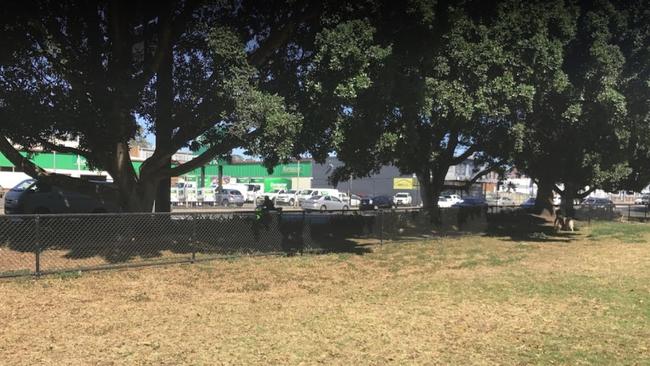
He also cited Australian Microplastic Assessment Project data carried out for the Northern Beaches Council that found 80 per cent of waste entering stormwater drains in areas with synthetic grass fields was from recycled tyre rubber crumb used for the base and microplastics, compared with 5 per cent elsewhere.
“This is clear evidence of the need to minimise microplastic entry into our ecosystems,’’ he said.
“We should help to reduce this problem by not allowing buildings to overshadow parks and then arguing that the struggling natural grass needs to be replaced with fake plastic turf, which is much hotter, more expensive and flammable.”
It is understood it costs about $1 million to lay out synthetic turf on a football pitch.
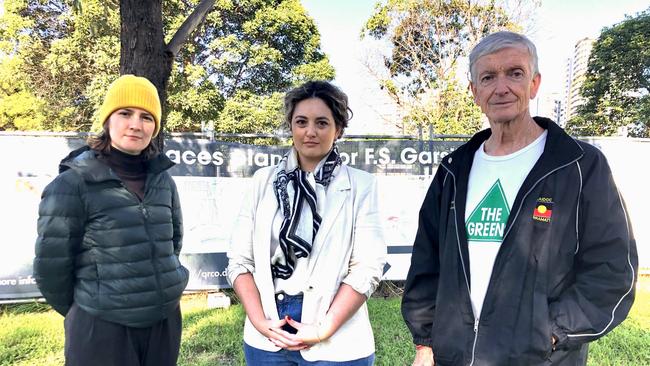
Granville resident Hayley Coghlan expressed concerned about plans for the turf FS Garside Park.
“This little green area has come under a lot of pressure,” Ms Coghlan said.
“Granville’s so post-industrial that there’s almost no green space.”
But Liberal councillor Steven Issa has supported more synthetic fields.
“My view is synthetic grass isn’t for every application but there’s absolutely great-use cases for it,’’ he said.
“It encourages active participation for children throughout the year, not contingent on the weather.
“I wouldn’t use it all the time for every park. I acknowledge there could be heat issues but I haven’t experienced it in the 30 years I’ve played football in the Granville district.’’
He also said artificial grass was low maintenance and eliminated weeding or the need to mark lines, and leftover water collected could be used to water other fields.
Parramatta Council is preparing a report into the pros and cons of using synthetic turf that is expected to be completed by the end of July, as well as developing a Sportsground Strategy and Action Plan.
“Synthetic sporting fields are flexible, multi-purpose spaces that have the capacity to handle higher levels of usage,’’ a council spokeswoman said.
“Before investing in synthetic sporting fields, council considers factors such as environmental benefits and concerns, resident and user impacts, and return on investment and whole-of-life costs.’’
NSW Planning Minister Rob Stokes has also called for an investigation into sustainable
alternatives to synthetic grass.
The synthetic grass rollout adds to environmental concerns in the community including the pollution at Duck Creek.
Plastic bags, bottles, microwaves, chairs, tyres are just some of the “disgusting” items dumped along Duck Creek at Rosehill, Clyde and Granville, where 600kg of rubbish over 108 bags have been removed by volunteers demanding regular action be taken.
Volunteers have been left shocked over the rubbish haul they have collected at Duck Creek where they stuffed the Rosehill haul of garbage from the waterway that feeds into the Parramatta River.
ParraParents co-founder and Paramatta River Catchment Group (PRCG) ambassador, Kellie Darley, co-ordinated an April 24 community clean up of the creek’s Rosehill site.

The group is working towards a plan to clean the creek with the long-term goal of making Parramatta River swimmable by 2025 — something that is a long way off considering she said 200 syringes were found at the creek along Ermington, Rydalmere and Silverwater last year.
“It’s an absolute filthy mess, I’ve never seen that much rubbish anywhere in Sydney,’’ Mrs Darley said.
“I had no idea it was that bad and so to me it’s a crisis. That rubbish flows into Parramatta River.’’
Despite the public perception of the industrial areas being the source of waste, Mrs Darley blamed residents for most of the dumped waste.
“A lot of people assume it’s the industries and I do find some rusted fire extinguishers but the bulk is residential waste,’’ she said.
“When you look at the volume of it, it’s extreme.’’
School teacher Karlie Hindmarsh walks along the creek cycleway from Granville to go to work at Auburn each day and has seen furniture, shopping trolleys, glass and plastic bottles, and styrofoam along the creek over the past 11 years.
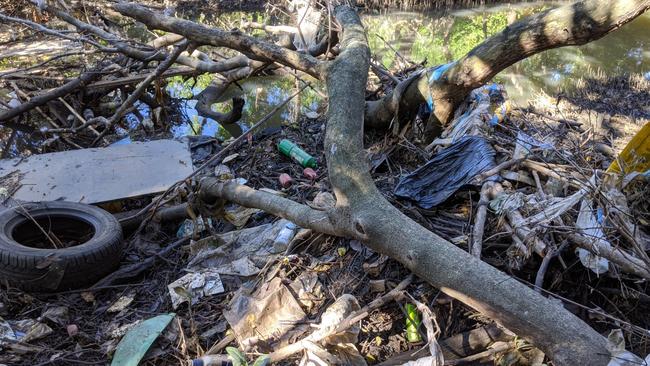
Homes and industrial premises flank the site.
“It looks like landfill. It’s worse than anything I’ve seen in India or any Third World country. It’s disgusting.''
She said she had also seen illegal dumping under the M4 at Granville and blamed residents’ filthy habits for rubbish that travels downstream and into the creek.
“People do not care where their rubbish goes,’’ she said.
“I’ve seen rubbish in their front yards, it’s unbelievable.’’
She wants it regularly cleaned and dredged but has not heard a response from Sydney Water.
A Sydney Water spokeswoman said its Duck Creek gross pollutant trap removed 26,000kg of silt and rubbish each year.
“Sydney Water works closely with the Parramatta River Catchment Group and local council to reduce the amount of pollution and litter entering our waterways either from the streets or via drains and illegal dumping.’’
“To date, Sydney Water has invested $5.8 million into the Parramatta Waterway Health Improvement Program with a further investment of $5 million planned.’’
PRCG chairman Mark Drury said it was exploring a pilot project for Duck Creek that would aim to identify key litter sources and hot spots along the creek and ways to reduce the amount of litter entering the creek.
“We’re also looking at better ways to educate local communities on the importance of disposing of their litter correctly and reducing their reliance on single-use plastics,’’ he said.
Mrs Darley is also calling for the state government to step up and tackle areas it owns such as the former Speedway site at Clyde.
Parramatta state Liberal MP Geoff Lee said “problematic’’ Duck Creek had been a dumping ground for industrial and residential areas for 100 years and needed a more co-ordinated approach to keep it clean.
“During the last couple of decades the focus on the creek’s health has improved slowly, though heavy rainfall does result in rubbish from streets being washed through the storm water system which does not help the creeks and rivers,’’ he said.
Mr Lee said the government supported initiatives that made the river swimmable and agencies were working with Parramatta Council, which he said controlled the creek’s rubbish and
litter management.
He said the council was doing a “great job” installing access paths along the creek but
Duck Creek was still problematic and the State Government was working with local councils to fix the problems.
“There is no one single solution,’’ he said. “The creek requires multiple actions, some include storm water test controls, run off from building sites and riparian zones and revegetation.’’
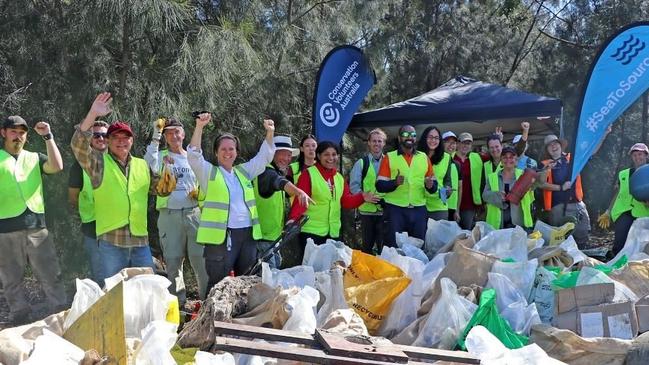
Parramatta Greens councillor Phil Bradley said volunteers have also had to remove a microwave oven and a lawnmower.
“Dumping is an increasing problem across the LGA, including in quiet suburban streets,’’ he said.
“I was ashamed to see the shocking state of parts of Duck Creek and Toongabbie Creek … surely our governments must act to fix this enormous problem of weeds, plastic and other waste choking our waterways.”
A Cumberland Council spokeswoman said no penalties had been issued for illegal rubbish dumping along the creek because it was difficult to trace but it was installing “discreet cameras” along the waterway to identify dumpers and prosecute.
The spokeswoman said the council had ran community engagement events along Duck River, including Clean Up Australia Day events and volunteers helped to restore and maintain key areas along the creek at monthly clean-ups.
“We have several environmental programs directly targeting the health of Duck River, including large scale litter removal, revegetation works and are increasing accessibility by improving access points to the walking tracks that run alongside Duck River,’’ she said.
MORE NEWS
More Coverage
Sydney food bloggers taking over social media
Anita, Faisal Zarshoy successfully appeal sentences for attacking TV reporter Robert Ovadia



